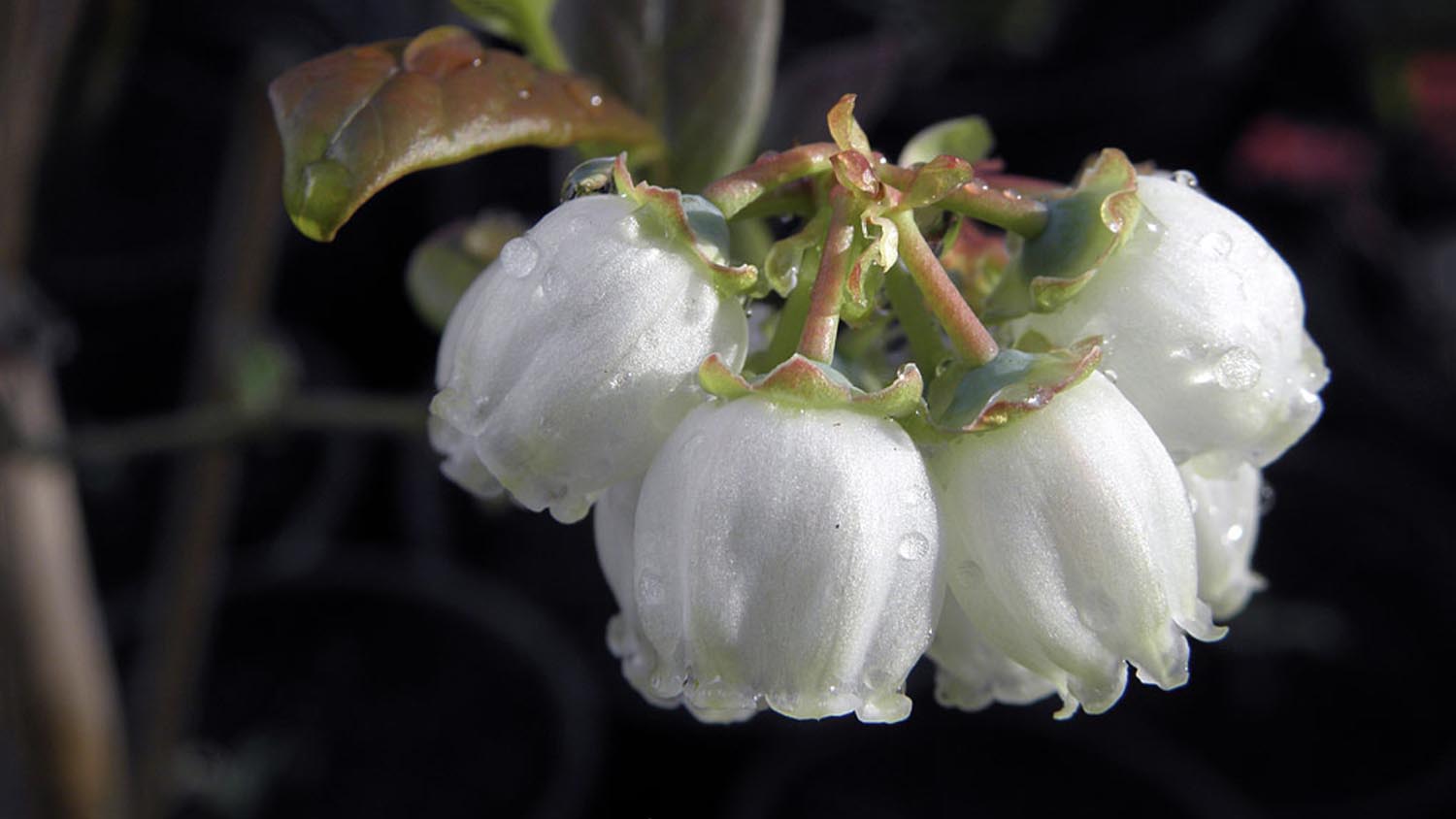North Carolina ‘Hops’ to it

Beer. Done right, it’s flavorful, refreshing and can be a lot of fun.
North Carolinians know that craft beer is booming in the state. More than 350 brewers and brewpubs span from mountains to sea, all trying their hand at making new, interesting flavors from a base recipe of grain, yeast, water and hops.
That last ingredient—hops—is the topic of this episode of Farms, Food and You. This tasty little vine-grown cone gives beer its je ne sais quoi: the bitterness, the citrus, piney, herbal or earthy aromatics. And by the way. . .hops can also take credit for starving off bacteria in the beer making process and that frothy foamy head on a pint.
Podcast Transcript
Beer. Done right, it’s flavorful, refreshing and can be a lot of fun.
North Carolinians know that craft beer is booming in the state. More than 350 brewers and brewpubs span from mountains to sea, all trying their hand at making new, interesting flavors from a base recipe of grain, yeast, water and hops.
That last ingredient—hops—is the topic of today’s episode of Farms, Food and You. This tasty little vine-grown cone gives beer its je ne sais quoi: the bitterness, the citrus, piney, herbal or earthy aromatics. And by the way. . .hops can also take credit for starving off bacteria in the beer making process and that frothy foamy head on a pint.
With brewing settling into its latest heyday, NC State researchers, like Jeanine Davis, are working to discover what hop varieties grow best in the state. Their work may lead to what’s next in craft beer and agriculture.
Launched in 2016, NC State’s hops breeding program involves multiple partnerships, a lot of trial and error and a little luck. Among the priorities: to breed new hops varieties that naturally produce higher yields in the South.
Currently, North Carolina brewers are reliant on hops grown on the West Coast. The varietals tend to like the 48th parallel and an arid environment, which don’t perform as well in our subtropical climate.
Jeanine Davis:
Growing hops in the south is difficult because of the existing varieties that we have, but when it’s something that doesn’t grow very easy here, that makes it very expensive. So that is what our work is directed at right now, is to make them a crop that is better suited for our region.
So our yields right now are so low that the prices our growers have to pay to make any money is more than the breweries can pay on any kind of regular basis.
So right now our breweries will buy local hops, maybe right at harvest to do a fresh hop ale with or something like that, but they can’t use them on a regular basis.
We have got to get these yields up to a place where it’s economically feasible, both for the grower and for the brewer, so that is what our breeding efforts are aimed at.
Host:
Being able to grow hops and get good yields isn’t the only concern. The hops have to produce that taste and aroma that brewers are looking for in their flavor development. That’s why the hops breeding program is also working with brewers both big and small to test the hops they produce. One of them is Britt Cox at Sierra Nevada’s Mills River Brewery in Asheville.
Britt Cox:
Without hops, beer would just be basically alcohol and sugar water. Hops are really important to give a beer balance.
Without the bitterness and all the flavors and aromas that hops impart, beer would be a lot less special and a lot more simple.
Hops has been what defines an IPA. You know, the craft beer movement in America, some would argue, was started by Ken Grossman here at Sierra Nevada in 1980 with the Pale Ale. There were some predecessors, but that really defined the craft beer movement in America and the Pale Ale was the first mass-produced hop-forward beer in America.
Jeanine:
And the other special thing that we’re after is, we want a flavor. We want aromas that are uniquely ours.
So that’s another thing we’re after and why we work with the brewers. So we have local breweries, some very large, some very small, that we supply cones to every year for them to brew with and give us feedback.
Host:
A new test beer—a blonde ale made with NC State grown hops–is on tap now at the Sierra Nevada brewery.
Britt:
I think it’s really cool what y’all are doing. We got to figure out something that’ll grow here, and the hops turned out delicious in the Blonde Ale, so I’m hopeful.
Jeanine:
So there is a demand for locally grown hops. We have hundreds of craft breweries in this state, so many that they compete with each other. So they’re all looking for that certain angle, and some of it’s in the marketing, or
what their brewery looks like or the flavors, but for many of them, they want to support local agriculture.
And that’s a good marketing angle for them is, yes, we buy locally grown hops.
Host:
So what’s next for hops and craft beer? New varieties, higher yields, the potential for a booming hops crop, and some unique, flavor-forward beers.
Thank you for joining us on Farms, Food and You. This podcast is a product of NC State Extension and the College of Agriculture and Life Sciences at North Carolina State University. If you would like to support the show, please share this episode on social media and leave a review on your podcasting app of choice. Let’s talk soon!


